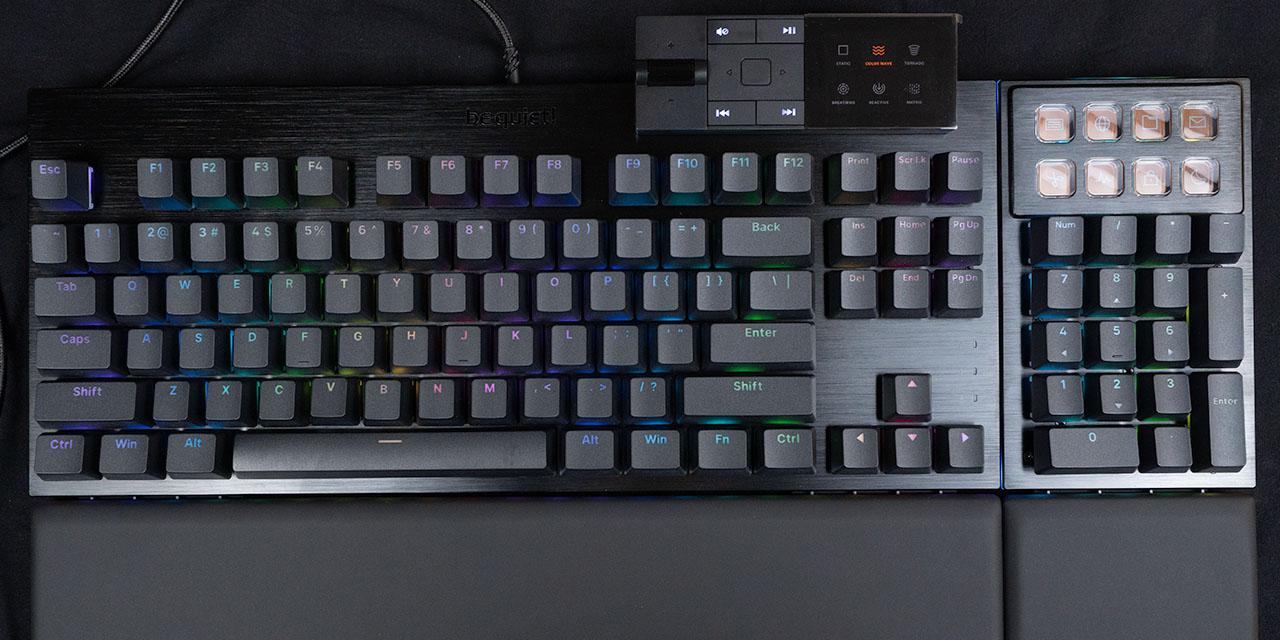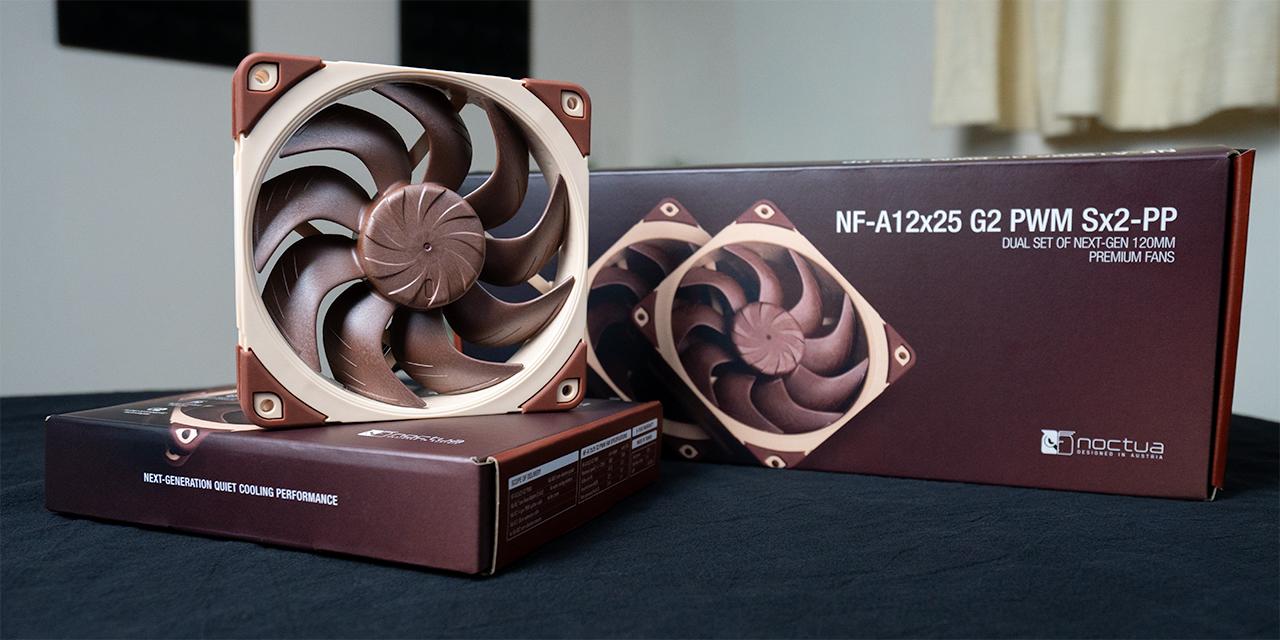Page 3 - A Closer Look - Disassembly and Internals

As I have mentioned on the previous page, I was unable to take apart the Epomaker Cypher 21. Instead, we can take a closer look at some of the things that make up the Epomaker Cypher 21. First, we have the keycaps, which are PBT or polybutylene terephthalate plastic. I like this material choice, as it is more durable and does not shine or fade as easily compared to ABS. The thicker plastic also usually adds a deeper sound. The legends are dye sublimated, which is a heat dye print that permeates the surface. Unlike cheaper laser-etched legends, dye sublimation is quite resilient over time, and should not fade or wear. This process is still cheaper than doubleshot plastic, but it stands as a good middle ground. The choice of font is clear and legible without looking too much like OEM printing. The keycaps use standard MX stems and have a Cherry profile, with a slight concavity in the middle of the 1U-sized keys to help your fingers rest comfortably in place. The Epomaker Cypher 21 offers full NKRO over USB. NKRO stands for N-key rollover, which refers to the number of keys scanned independently by the hardware.
Longer keys, such as "+" and Enter, have Cherry stabilizers on the sides to prevent wobbling. Epomaker has factory-lubricated these stabilizers for smoother and quieter action. They are plate-mount stabilizers rather than screwed in. This is usually a cheaper choice, as plate-mounted stabilizers often have a bit more rattling noise. The stabilizers do not rattle. The plate is a black, flex-cut polycarbonate, which displays a slight amount of flex. However, this flex also cushions each keystroke when bottoming out.

One of the key selling points of the Epomaker Cypher 21 is its key switches. Mechanical switches consist of a housing base, stem, and spring, with varying degrees of tactile and audible feedback. Our unit of the Epomaker Cypher 21 comes with its own brand of Wisteria Linear switches. Traditionally, gaming enthusiasts like linear switches for a fast typing experience. The Wisteria Linear switches also have an actuation force of 45g. Other specifications include a hundred million keystroke lifespan, actuation distance of 2.2mm, and a full travel of 3.6mm. There is also a tactile version of this switch. There is a slot under each switch that allows the south-facing white LED lights mounted on the PCB to shine through. Furthermore, these switches are hot-swappable, with sockets underneath that support both three-pin and five-pin switches. It is important to be careful when swapping these switches in and out, as the pins must be straight before installation.
The Epomaker Wisteria Linear switches are in a pleasant combination of colors with a sandy yellow stem with a slightly green stem, a darker lilac base, and a lighter lilac housing. After you open the switch, there are a few things to take note of. The top lighter shell is polycarbonate, while the bottom darker material is PA66, which is a type of nylon. In between, we have a light green stem that is a mixture of polyoxymethylene, or POM, and PTFE plastics. It might be strange to see a combination of plastics used here, but there are benefits for each type. For example, polycarbonate is strong and hard, which should keep the switch housing durable to multiple swaps. POM is beneficial to use, as it has a high resistance to abrasion and strength while maintaining a low coefficient of friction, resulting in an overall smooth travel. Altogether, we should have a consistently quiet output when bottoming out. The metal spring inside is 20.4mm long. There is minimal stem movement from side-to-side or forward-and-back, which is good to see. Otherwise, everything inside is factory lubricated to keep movement smooth for longer.
Page Index
1. Introduction, Packaging, Specifications
2. A Closer Look - Hardware
3. A Closer Look - Disassembly and Internals
4. Conclusion





